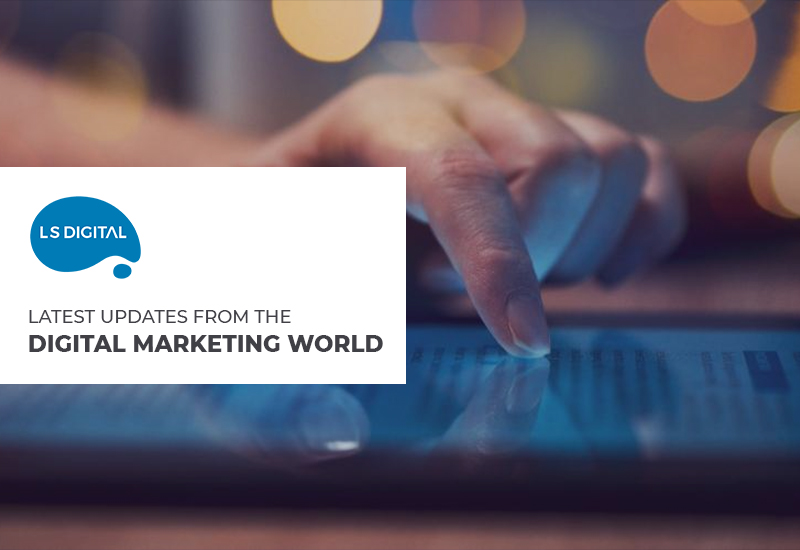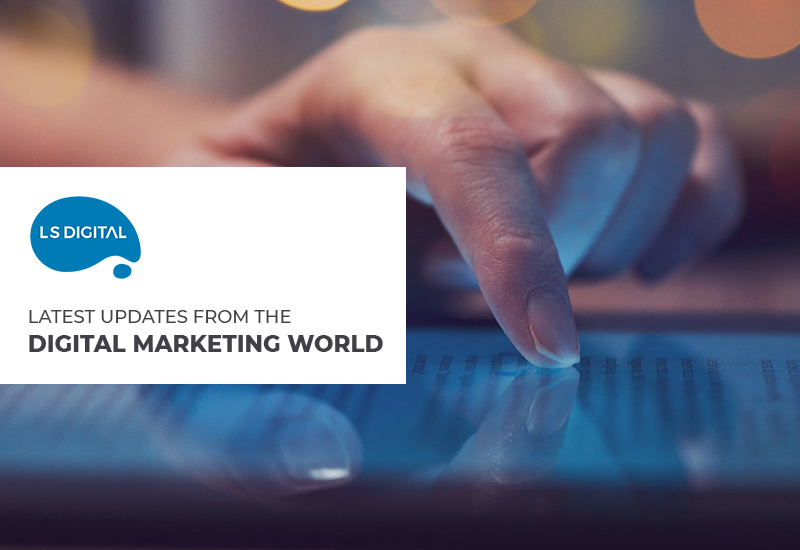In 2016, when the CEO of one of the world’s largest conglomerates, Mark Zuckerberg, the founder of Facebook announced the Chatbot feature for its Messenger app, it came as a great technological revelation. It was specially designed to automate the process of responding the customers’ queries and inquiries; the manual answering processing was replaced by the bots. The primary purpose of introducing the Chatbot was to give the bigger brand the opportunity to engage with their customers in real time.
Since its advent, several marketers around the world have started using this technology to improve their customer relationships and boost conversations. If you are looking to introduce the technology for your own brand, it would first help you to know what the technology holds for the future and how you can use the Chatbot to its maximum potential for improving your business prospects.
The current scenario
Before we delve into looking into the future of the technology, let us take a look at the present scenario. Quite honestly, the launch of the technology has been quite rocky, to say the least. Many of the bots launched initially had a lot of bugs, and many customers said that they felt the bots were more annoying than being helpful. Facebook itself has admitted that the Chatbot feature or the artificial intelligence has not gained enough prominence yet to dominate the market as it was expected to do. However, this does not mean that the future of this feature is bleak. Over the past one years, Facebook has been working incessantly on improving the technology and make it faster and smarter. The artificial technology surely promises to be a major force in the future, and therefore it would be only wise for the businesses to start deploying the technology and roll with the new developments as they come along. Having said this, the artificial intelligence technology is not meant for everyone. Below mentioned are its advantages and drawbacks for the businesses.
The Pros of Facebook Chatbots
One of the biggest challenges with any artificial intelligence marketing is to give a personal touch to your communication. It is nearly impossible to make the users feel like that they are having a conversation with a human while communicating with the bots. However, Chatbots are the closest to that. The image below is a classic example of how the chatbots work.
Redirect the conversations
With social media the brands can promote the positive testimonials; however, it also propagates the negative feedbacks faster too. You can negate the issue by having a chatbot through which you can redirect the conversation that is in the limelight and onto a private platform automatically and repair the problem immediately. With the usage of the chatbot, you can address the issues of the customers quickly, which is exactly what the customer wants; this would not only make the customer happy but also it would reduce the chances of them ranting about their concerns on the public platform and prevent brand bashing.
You can get rid of the app completely
This is probably one of the biggest benefits of using the artificial intelligence; you can get away with the tedious process of updating and maintenance of the app, which is already an overcrowded marketplace. Instead, you can transfer the communication to the chatbot. Several customers prefer this method because it is easier for them to communicate rather than having to open an app; they can use the same platform that they are already using, which in this case Facebook. One of the most popular brands that has started to use the artificial intelligence masterfully and has been quite successful at it.
Drawbacks
Human touch will be missed always
No matter, how helpful the chatbots are they still can never have the same effect that a conversation with a human can provide. Although you can design the bots that can send messages that are as emphatic as they can be to the users’ problems, it can get monotonous at times.
Today, most of the customer that are tech savvy would immediately know if the responses are automated and they can easily differentiate between the automated and manual response. Often, the automated response bots fall short of the judgement of things that only humans can do.
If the bot fails, there is no scope for interaction
While the bots are very prompt in their response time, if they fail, there is no way to follow up with the customer, which in turn can be serious repercussion on the brand image.






